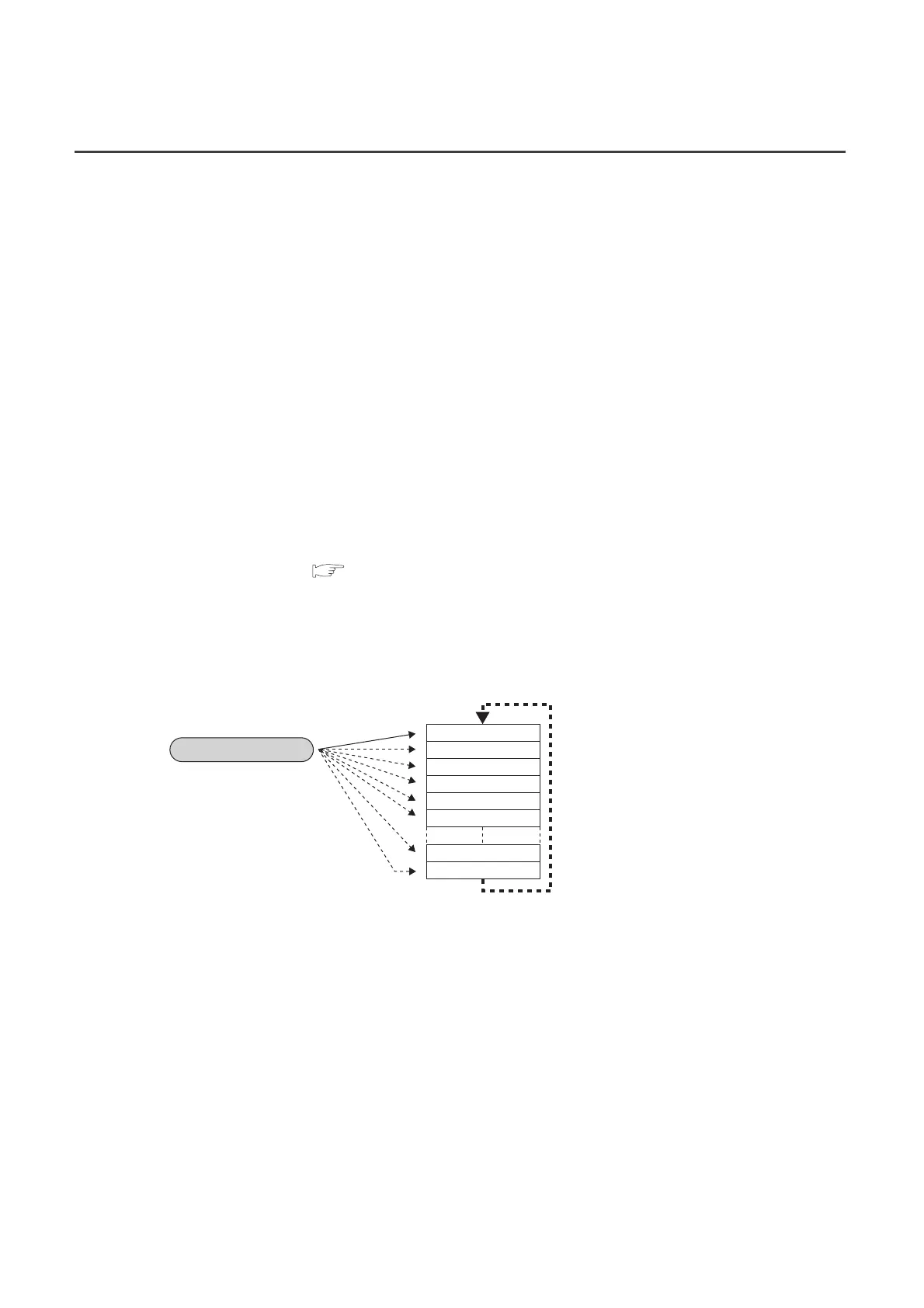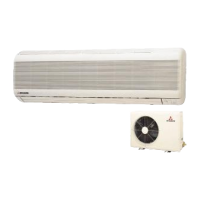98
8.14 Logging Function
Using this function, data can be consecutively collected at a set cycle and they can be stored in the buffer memory.
Using the data stored in the buffer memory, debugging can be performed and the data variation can be checked
periodically.
In addition, the time-series data imported as logs can be easily checked.
(1) Logging function
(a) Collectable data
The following two kinds of data can be collected.
• Digital output value
• Scaling value (digital operation value)
(b) Collectable points
Up to 10000 points logging data can be stored for each channel.
(c) Collection cycle
The data can be collected at intervals of 80µs at the minimum and of 3600s at the maximum.
For details of the collection cycle, refer to the following.
• Setting procedure
( Page 100, Section 8.14 (3))
(d) Storing the collected data
Logging data are stored orderly in the logging data storage area of the buffer memory, starting from the head of
the area.
Buffer memory
When data is stored in the 10000th
data point area, data is overwritten
from the 1st data area.
1st data
2nd data
3rd data
4th data
5th data
6th data
9999th data
10000th data
Data to be collected

